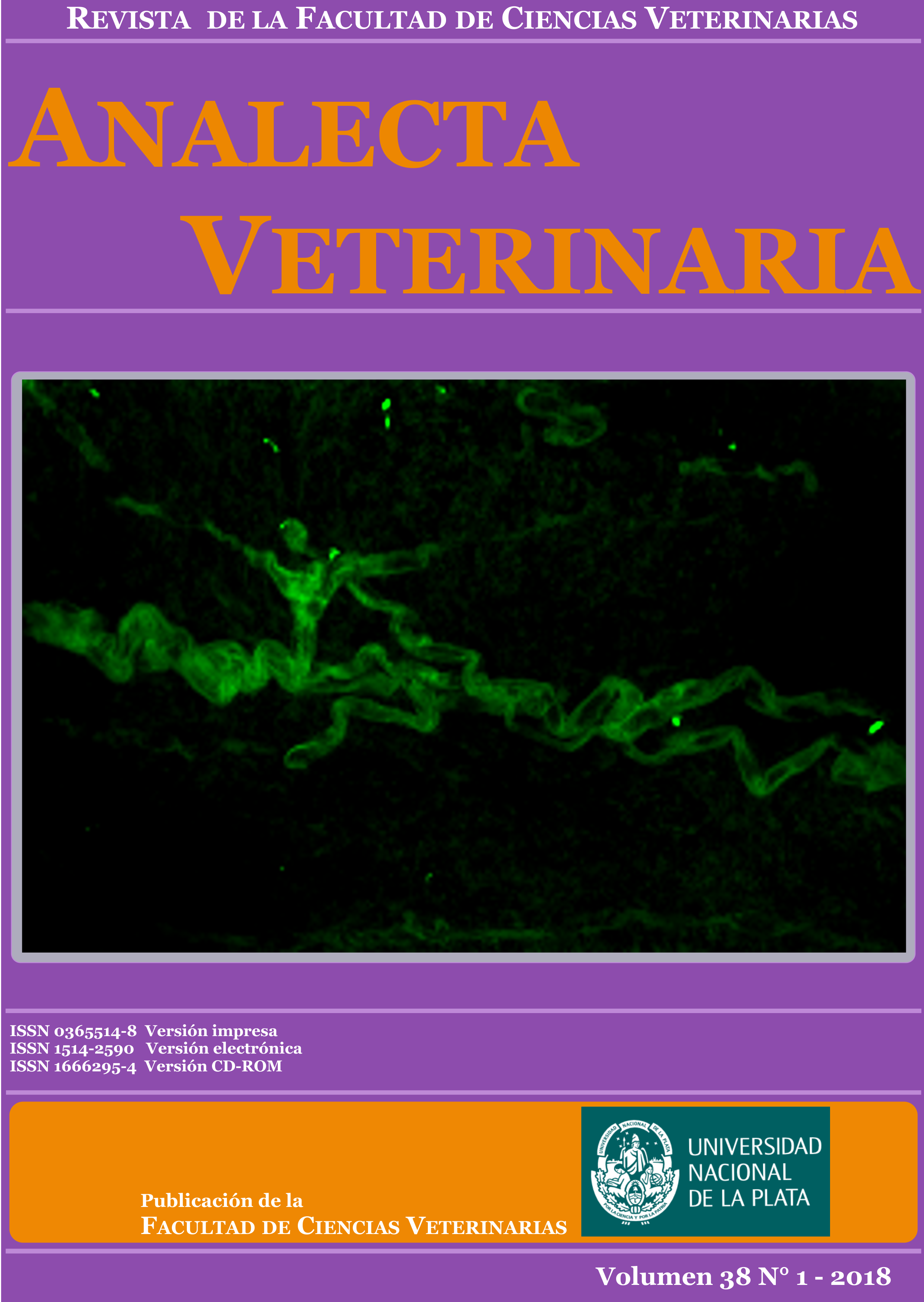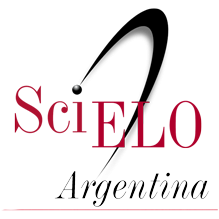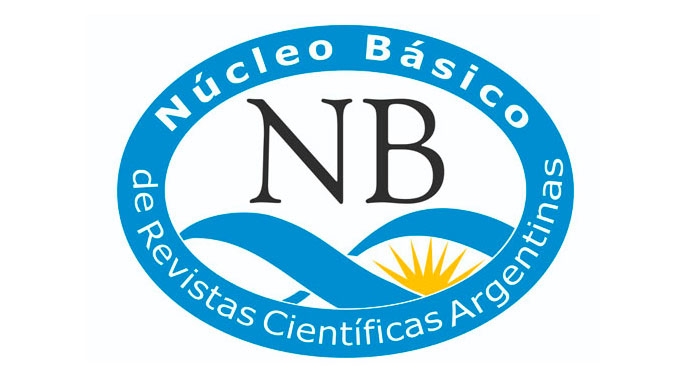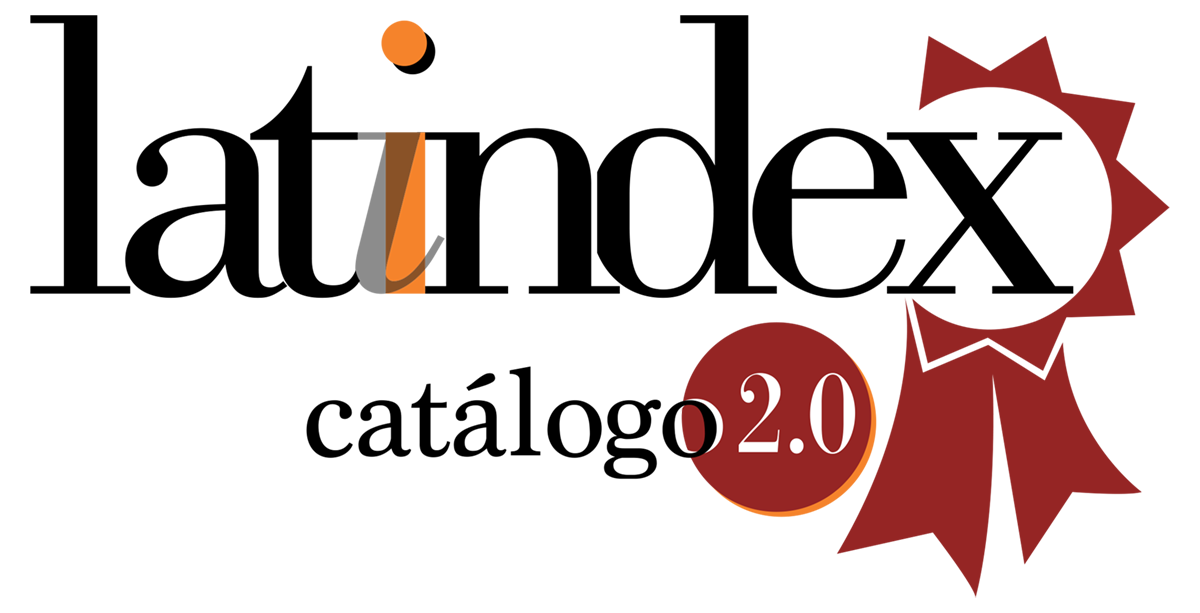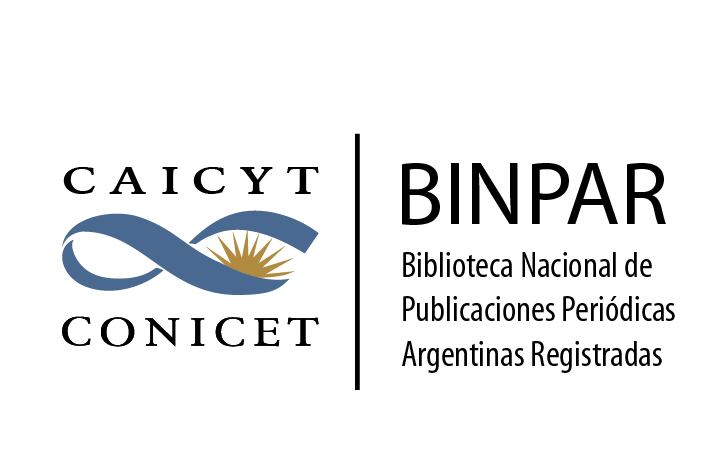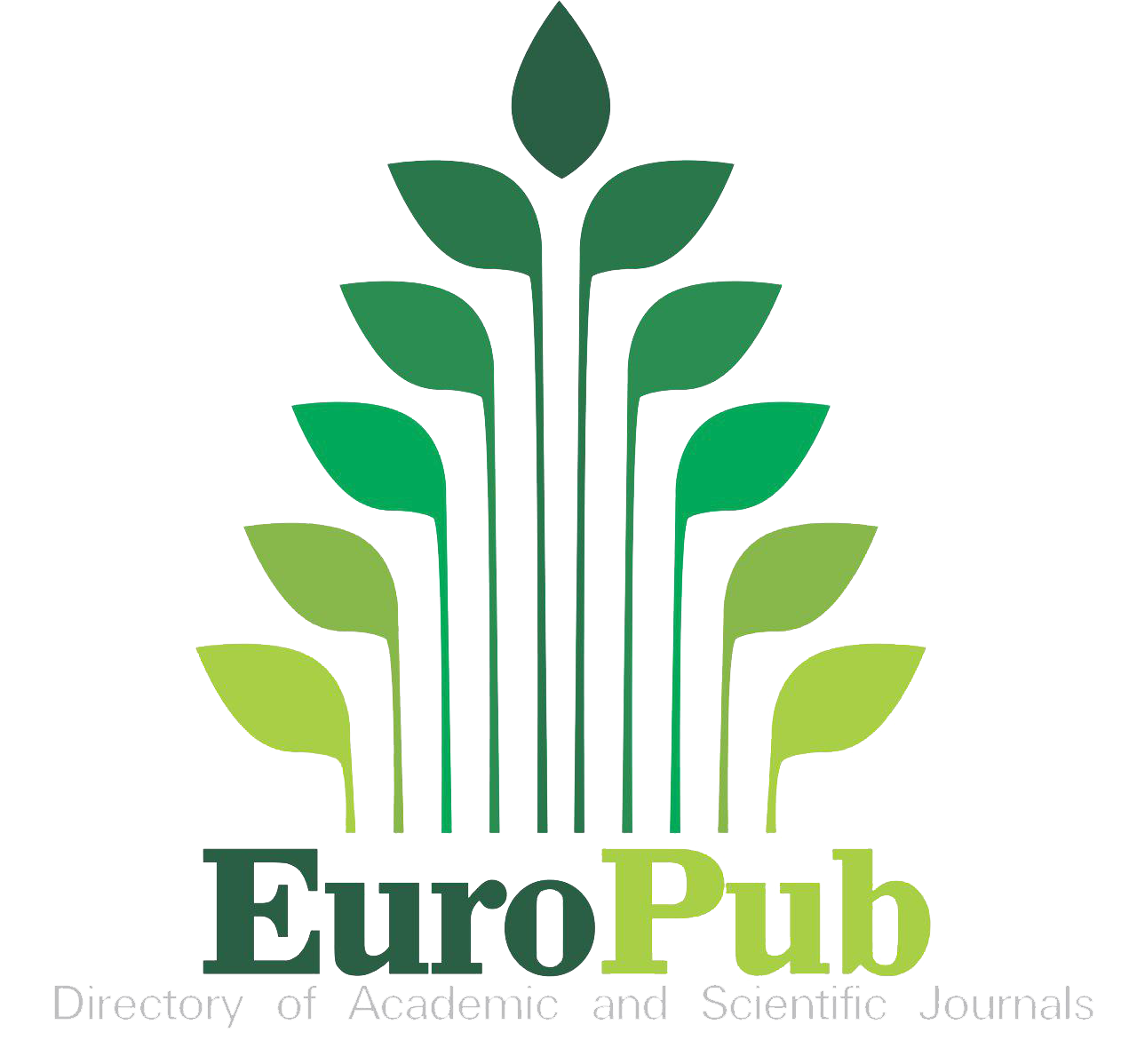Porcine behavior study: an ethological view on swine production
DOI:
https://doi.org/10.24215/15142590e022Keywords:
pig production, ethology, animal welfareAbstract
The comprehension of behavior allows to improve the animal handling used in production and optimize their welfare. The discipline of the biological sciences that addresses this issue is ethology. Based on the theory of evolution, it emphasizes four types of explanations, known as the “four questions of Tinbergen”. Are these four approaches useful for the applicated ethology in swine production? Can research on ethology contribute to better breeding conditions? Fundamentally, are they relevant for animal’s welfare? Today, some practices performed in an “intuitive” or “empirical” way can be identified as “the silent help” in which ethology has contributed in each productive stage since the beginning of the use of the domestic animals breeding, particularly when it turns into an intensive manner. This silent help generated a combination of specific knowledge which paradoxically do not relate with this discipline. It is proposed here by giving the voice to this help, identifying the different ethologist developments in swine production.
Downloads
Metrics
References
AlbiachSerrano A, Bräuer J, Cacchione T, Zickert N, Amici F. 2012. The effect of domestication and ontogeny in swine cognition (Sus scrofa scrofa and S. s. domestica). Applied Animal Behavior Science. 141:2535. doi: 10.1016/j.applanim.2012.07.005
Baxter MR. 1983. Ethology in environmental design for animal production. Applied Animal Ethology. 9:20720. doi: 10.1016/03043762(83)900019
Benson G, Rollin, B. Theoretical framework. En: 2004. The well being of farm animal, challenges and solutions. First edition. Blackwell Publishing. EE.UU, pp. 3179.
Broom DM. 1991. Animal welfare: Concept and measurement. Journal of Animal Science. 69:416775.
Capitelli GM, Ferrari HR, López H. 2010. Introducción a la medicina veterinaria Darwiniana. Aplicaciones de la teoría de la evolución en la práctica veterinaria. Vaccinología, zoonosis y bienestar animal como ejemplos de aplicación. Revista de Medicina Veterinaria (Buenos Aires). 91:(5/6)715.
Curio E. 1994. Causal and functional questions: how are they linked? Animal Behaviour. 47:9991021. doi: 10.1006/anbe.1994.1139
Dewsbury DA. 1999. The proximate and the ultimate: past, present, and future. Behavioural Processes. 46:18999.
Dostalkova W, Spinkaz M, Kindlmann P. 2002. Begging for milk: evolution of teat massaging in suckling pigs. Journal of Theoretical Biology. 215:32132. doi: 10.1006/jtbi.2001.2511
Duncan IJ. 1995. DGM WoodGush Memorial Lecture: An applied ethologist looks at the question “Why?”. Applied Animal Behaviour Science. 44(24):20517. doi: 10.1016/01681591(95)00614X
Finlay B, Hinz F, Darlington R. 2011. Mapping behavioral evolution onto brain evolution: the strategic roles of conserved organization in individuals and species. Philosophical Transactions of the Royal Society B. 366:211123. doi: 10.1098/rstb.2010.0344
Fraser D, Krames DL, Pajor EA, Weary DM. 1995. Conflict and cooperation: sociobiological principles and the behaviour of pigs. Applied Animal Behavior Science. 44:13957. doi: 10.1016/01681591(95)006105
Fraser D, Rushen J. 1992. Calostrum intake by newborn pigs. Canadian Journal of Animal Sciences. 113. doi: 10.4141/cjas92001
Fraser D, Thompson BK. 1991. Armed sibling rivalry among suckling piglets. Behavioral Ecology and Sociobiology. 29:915.
Grandin T. 1980. Livestock behavior as related to handling facility design. International Journal for the Study of Animal Problems. 1:3352.
Hartsock TG, Graves HB. 1976. Neonatal behavior and nutritionrelated mortality in domestic swine. Journal of Animal Science. 42(1):23541.
Hogan JA. 2015. A framework for the study of behavior. Behavioral Processes. 117:10513. doi: 10.1016/j.beproc.2014.05.003
Hohenshell LM, Minick JA, Lay Jr DC, Ford SP. 1996. Maternal behavior potentially affecting offspring survivability: a comparison between Meishan and Yorkshire X Landrace (YL) sows. Swine Research Report. IOWA State University. Disponible en: http://lib.dr.iastate.edu/swinereports [Consultado 01/01/2017].
Hoy JM, Murray PJ, Tribe A. 2010. Thirty years later: enrichment practices for captive mammals. Zoo Biology 29:30316. doi: 10.1002/zoo.20254
Hughes B, Duncan I. 1988. The notion of ethological 'need', models of motivation and animal welfare. Animal Behavior. 36:1696707. doi: 10.1016/S00033472(88)801106
Illman G, Pokorná Z, Spinka M. 2007. Allosuckling in domestic pigs: teat acquisition strategy and consequences. Applied Animal Behavior Science. 106:2638. doi: 10.1016/j.applanim.2006.06.012
Jensen P. 1986. Observation of maternal behaviour of freeranging domestic pigs. Applied Animal Behavior Science. 16:13142. doi: 10.1016/01681591(86)90105X
Jensen P. 1993. Nest building in domestic sows: the sole of external estimuli. Animal Behavior. 45(2):3518.
Jensen, P. Comportamiento del cerdo. 2004. Etología de los animales domésticos. Zaragoza, España. Jensen (Editor), Editorial Acribia, pp. 16884.
Jensen P, Toates F. 1993. Who needs 'behavioural needs'? Motivational aspects of the needs of animals. Applied Animal Behavior Science. 37:16181. doi: 10.1016/01681591(93)901082
Lakatos I. 1983."La metodología de los programas de investigación científica". Madrid. Alianza Editorial.
Larson G. 2005. Worldwide phylogeography of wild boar reveals multiple centers of pig domestication. Science. 307:1618. doi: 10.1126/science.1106927
Lorenz K. 1937. The companion in the bird’s world. The Auk. 54:24573.
Lorenz K. 1974. Etología comparada. El comportamiento instintivo en la filogenia. En: Biología del comportamiento. Ciudad de México; Siglo XXI Editores, pp. 718.
Lorenz, Konrad. 1995. La otra cara del espejo. Plaza & Janes.
MeunierSalaün MC, Gort F, Prunier A, Schouten WPG. 1991. Behavioral patterns and progesterone, cortisol and prolactin levels around parturition in European (Large White) and Chinese (Meishan) sows. Applied Animal Behavior. Science. 31:4359. doi: 10.1016/01681591(91)90152N
Orihuela A, Solano JJ. 1995. Managing "teat order" in suckling pigs (Sus scrofa domestica). Applied Animal Behavior Science. 46:12530. doi: 10.1016/01681591(95)006397
Redivatti M. 2009. Caracterización de cerdos criollos del nordeste argentino. Tesis doctoral, Universidad de Córdoba, España.
Skinner B. 1974. Sobre el conductismo. Título del original: About behaviourism. Publicado por Alfred A Knopf, New York. USA· Traducción Fernando Barrera. Ed PlanetaDe Agostini Mexico DF.
Spinka M, Algers B. 1995. Functional view on udder massage after milk letdown in pigs. Applied Animal Behavior Science. 43:197212. doi: 10.1016/01681591(95)00560F
Stamps J. 2003. Behavioral processes affecting development: Tinbergen's fourth question comes of age. Animal Behavior. 66(1):113. doi: 10.1006/anbe.2003.2180
Tinbergen N. 1939. On the analysis of social organization among vertebrates, with special references to birds. The American Naturalist. 21:21034.
Tinbergen N. 1963. “On aims and methods of ethology.” Zeitschrift für Tierpsychologie. 20:41033.
Tinbergen N. 1981. El estudio del instinto. 10° edición. Ciudad de México; Siglo XXI editores.
Thorpe WH. 1965. The assessmentt of pain and distress in animals. En: Report of the Technical Committee to enquire into de welfare of animals kept under intensive livestock systems (F.W.R. Brambell). HMSO, London. UK.
Thorpe WH. 1982. Breve historia de la etología. Vol 902. Madrid, España; Alianza Editorial.
Wiepkema PR. Behavioral aspects of stress. En: 1987. Wiepkema PR; van Adrichem PWM (Editors). Biology of stress in farm animals: an integrative approach. Martinus Nijhoff, Dordrecht. 11333.
Downloads
Published
How to Cite
Issue
Section
License
Authors retain the copyright and assign to the journal the right of the first publication, with the with the terms of the Creative Commons attribution license. This type of license allows other people to download the work and share it, as long as credit is granted for the authorship, but does not allow them to be changed in any way or used them commercially.

Analecta Veterinaria by School of Veterinary Sciences, National University of La Plata is distributed under a Creative Commons Attribution-NonCommercial-NoDeriv 4.0 International License.

